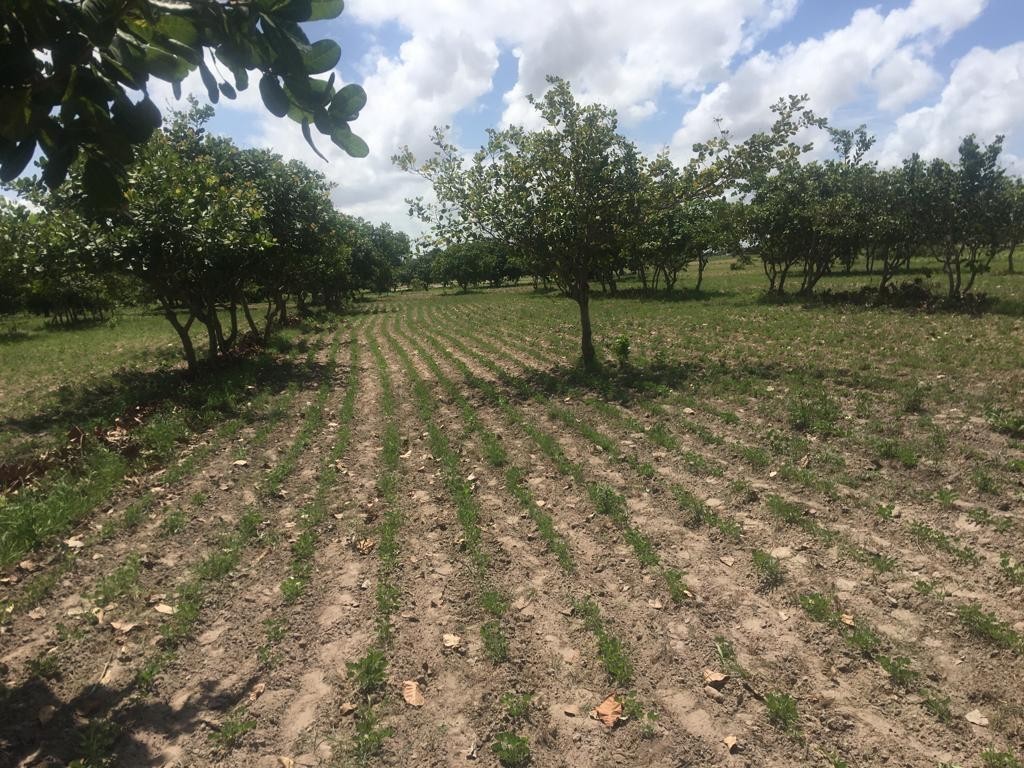As a reminder: Intercropping systems involve planting rows of trees widely spaced from each other so that agricultural crops can be grown in the “alleys” between the rows of trees
Combining cashew production and agricultural production while protecting the environment
The evolution of agriculture in Africa has been characterized in recent decades by a spectacular increase in productivity. However, in many cases, this has been followed by a gradual exclusion of trees from cultivated land, particularly because of the mechanization of large-scale farming. Combined with an intensification of agriculture, the decrease in woodland and tree cover has led to a number of environmental problems, including a decline in soil fertility but above all a reduction in biodiversity and a loss of quality in rural landscapes.
This is why SFL in its support of SEGABI producers (Senegal, Gambia, Guinea Bissau) is embarking on this new era of development which is not only a solution for food self-sufficiency but a way to promote other than the cashew value chain.
Modernization of traditional forms of association between trees and crops
In the temperate regions of the world, various traditional forms of tree-crop association have remained very much alive. The wonderful thing about all this is that crops and plantations can share the same plots for several years, approximately 15 to 20 years.
With the USDA funding the Shelter For Life project, the producers they are supporting are trying their hand at this practice with food and cereal crops such as groundnuts, maize, cowpeas etc.
However, the choice of trees is a very important process, during the planning stage the tree species is generally chosen according to its growth rate; its commercial or environmental value; its adaptation to the ecological conditions (soil and climate) of the site or its resistance to disturbance and most often its friendliness with intercropping.
The effect of the tree on the productivity of the intercrop
Unlike hardwood forest plantations on agricultural land, where trees are generally planted at densities of 800 to 1,500 trees per hectare, planted trees use only a small proportion of the space (40 to 160 trees per hectare, which corresponds approximately to a row spacing of 12 to 50 meters, with a row spacing of 5 meters).

